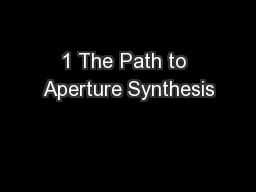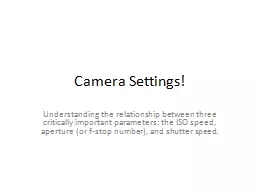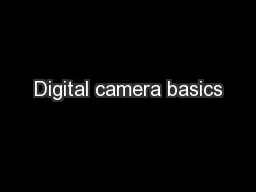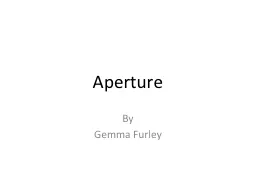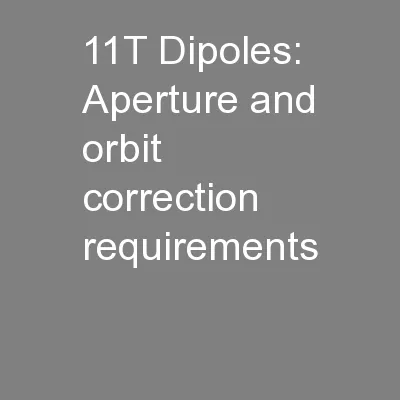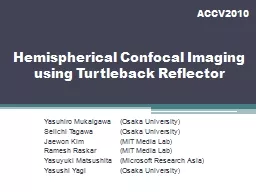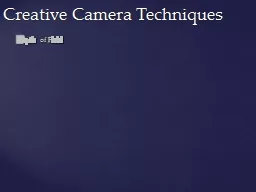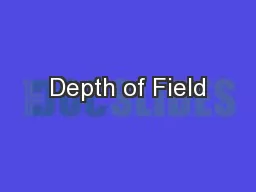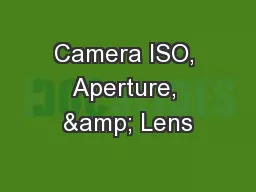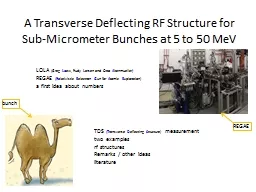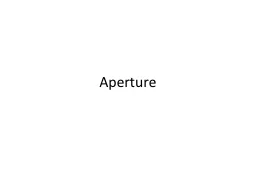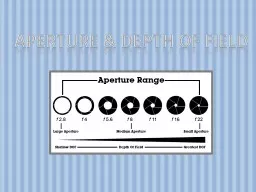PPT-1 The Path to Aperture Synthesis
Author : faustina-dinatale | Published Date : 2015-12-01
SKANZ 2012 Auckland 15 Feb 2012 Ron Ekers CSIRO Australia 2 Today we use Aperture Synthesis Images routinely Radio Image of Ionised Hydrogen in Cyg X CGPS Penticton
Presentation Embed Code
Download Presentation
Download Presentation The PPT/PDF document "1 The Path to Aperture Synthesis" is the property of its rightful owner. Permission is granted to download and print the materials on this website for personal, non-commercial use only, and to display it on your personal computer provided you do not modify the materials and that you retain all copyright notices contained in the materials. By downloading content from our website, you accept the terms of this agreement.
1 The Path to Aperture Synthesis: Transcript
Download Rules Of Document
"1 The Path to Aperture Synthesis"The content belongs to its owner. You may download and print it for personal use, without modification, and keep all copyright notices. By downloading, you agree to these terms.
Related Documents

